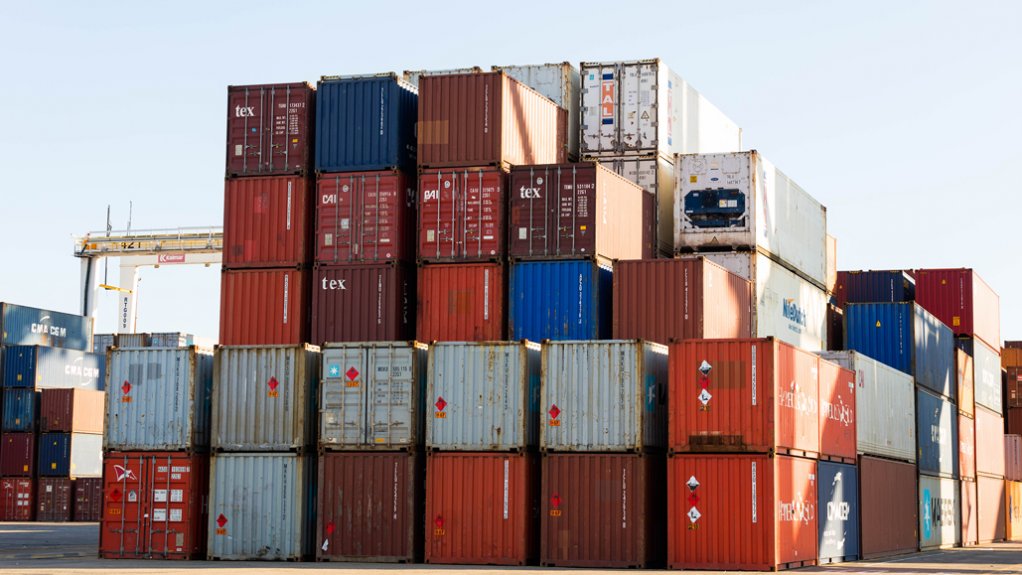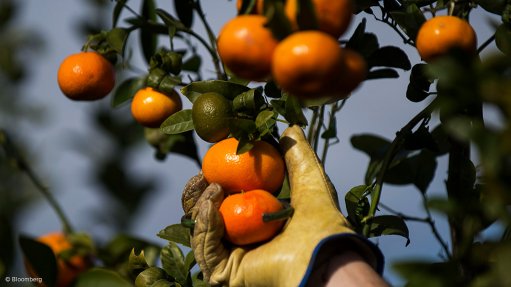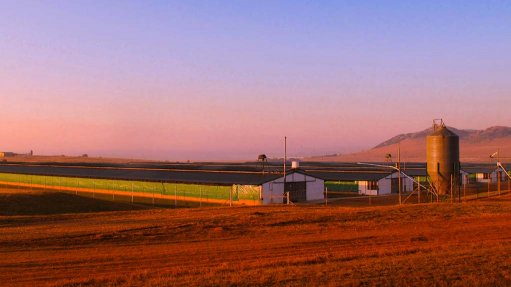Considerations, opportunities for South Africa as global container capacity increases


Despite some recent volatility, the container industry is getting much closer to a new equilibrium
Despite some recent volatility, the container industry is getting much closer to a new equilibrium, with high-frequency metrics showing a significant degree of stabilisation, logistics company Bidvest International Logistics (BIL) outlines.
It notes that growth is being driven by an increase in container vessels, as carriers add significant capacity to their fleets after astronomical freight rates in 2021/22 enabled shipping lines to register record profits during the pandemic.
Moreover, there are fewer cases of carriers blanking schedules as a way of curbing the decrease in freight rates.
Another growth factor is that global demolitions are at an all-time low, as carriers make notable use of record rates to boost profits.
Data from shipping research portal Alphaliner shows vessel demolition sales have increased slower than anticipated in the first months of the year with only 28 container ships of 500 twenty equipment unit and above sold for recycling since January 1.
Global port congestion has also dropped off dramatically as the pandemic has receded, BIL points out.
All these aspects combined quietly favour South Africa’s import and export sector, says South African Association of Freight Forwarders research and development head Jacob van Rensburg.
“More capacity means more space to increase volumes, boost trade and potentially access a broader market,” he says.
However, he does caution that the trade, transport and logistics industry is often complex, especially for a country like South Africa, which is quite far removed from its trading partners and relies heavily on shipping connectivity.
As much as space has increased, disruptions to connectivity such as the pandemic and the war in Ukraine are not ideal.
For the most part though, there has yet to be a “marked inversion of the relationship between people and goods on a global level”, says Van Rensburg, who is also a consultant to BIL.
“Increases in capacity are good for exporters and importers because they drive the price of shipping goods down. With the recent additions of capacity, freight rates have once again been driven down to near pre-pandemic levels,” he explains.
At one point in the first quarter of this year, freight rates were down 78% compared with the same period in 2022. They were also 83% below the peak in September 2021.
Another boon to imports and exports is that port congestion, rife amid the pandemic crisis, is starting to ease.
“From a South African perspective, a few things are essential to consider when dealing with global port congestions and cargo movement,” Van Rensburg says.
“South African supply chains are part of the greater global supply chain network and function within these bounds. Therefore, if there is a bottleneck at any major port hub globally, South Africa is likely to experience the ripple effects.
“Moreover, like any feeder network, South African ports and accompanying logistics networks must do their part to maintain the fluidity of the network,” he adds.
To this end, BIL KwaZulu-Natal operations GM Saloshini Reddy says importers and exporters must stay up to date with container expected time of arrival and if there are any delays on urgent cargo. In the event of these delays, the client can either airfreight the cargo or delay sale of an item.
Van Rensburg also points to South Africa’s high freight demand, which stands at an estimated 500-billion tonne-kilometres.
“Our economic hubs are far away from our seaports which ship more than 80% of our merchandise trade. What this means is that we need a multi-modal approach with all nodes doing their part for the network's success.”
A further consideration is the country’s rail freight problems. In some weeks this year, only 1 350 containers were shipped – a mere 20% of cargo compared to the average in the 2010s.
“We cannot emphasise the need for a functioning rail system enough, as South Africa's freight demand is exceedingly high. In addition, the increasing rate of damage to road networks can be directly attributed to the lamentable performance of the rail system,” Van Rensburg emphasises.
He also recommends that importers and exporters be vigilant of shipping lines blanking sailings to manipulate capacity and artificially influence prices.
This is because when too much capacity is available, prices can decrease too much and become unsustainable for carriers. Carriers will then resort to removing capacity from the system.
“This approach could alter schedules and impact South African importers/exporters – especially concerning perishable goods and other time-sensitive cargoes.
“Ultimately, in trade, transport and logistics, three matters reign supreme in any service offering and accompanying strategy: reducing cost, reducing time and increasing service reliability. With too much capacity in the system, the possibility arises that all three of these factors are impacted,” Van Rensburg points out.
Management is therefore paramount, he says.
Comments
Press Office
Announcements
What's On
Subscribe to improve your user experience...
Option 1 (equivalent of R125 a month):
Receive a weekly copy of Creamer Media's Engineering News & Mining Weekly magazine
(print copy for those in South Africa and e-magazine for those outside of South Africa)
Receive daily email newsletters
Access to full search results
Access archive of magazine back copies
Access to Projects in Progress
Access to ONE Research Report of your choice in PDF format
Option 2 (equivalent of R375 a month):
All benefits from Option 1
PLUS
Access to Creamer Media's Research Channel Africa for ALL Research Reports, in PDF format, on various industrial and mining sectors
including Electricity; Water; Energy Transition; Hydrogen; Roads, Rail and Ports; Coal; Gold; Platinum; Battery Metals; etc.
Already a subscriber?
Forgotten your password?
Receive weekly copy of Creamer Media's Engineering News & Mining Weekly magazine (print copy for those in South Africa and e-magazine for those outside of South Africa)
➕
Recieve daily email newsletters
➕
Access to full search results
➕
Access archive of magazine back copies
➕
Access to Projects in Progress
➕
Access to ONE Research Report of your choice in PDF format
RESEARCH CHANNEL AFRICA
R4500 (equivalent of R375 a month)
SUBSCRIBEAll benefits from Option 1
➕
Access to Creamer Media's Research Channel Africa for ALL Research Reports on various industrial and mining sectors, in PDF format, including on:
Electricity
➕
Water
➕
Energy Transition
➕
Hydrogen
➕
Roads, Rail and Ports
➕
Coal
➕
Gold
➕
Platinum
➕
Battery Metals
➕
etc.
Receive all benefits from Option 1 or Option 2 delivered to numerous people at your company
➕
Multiple User names and Passwords for simultaneous log-ins
➕
Intranet integration access to all in your organisation



















